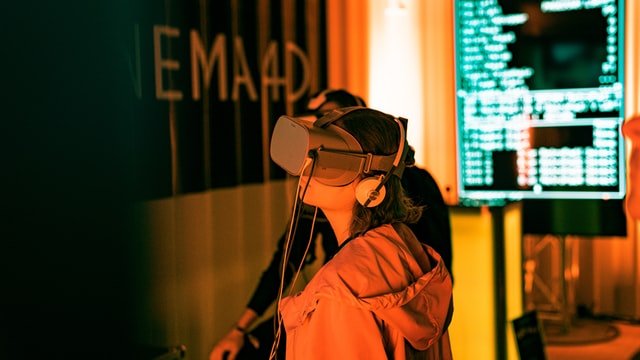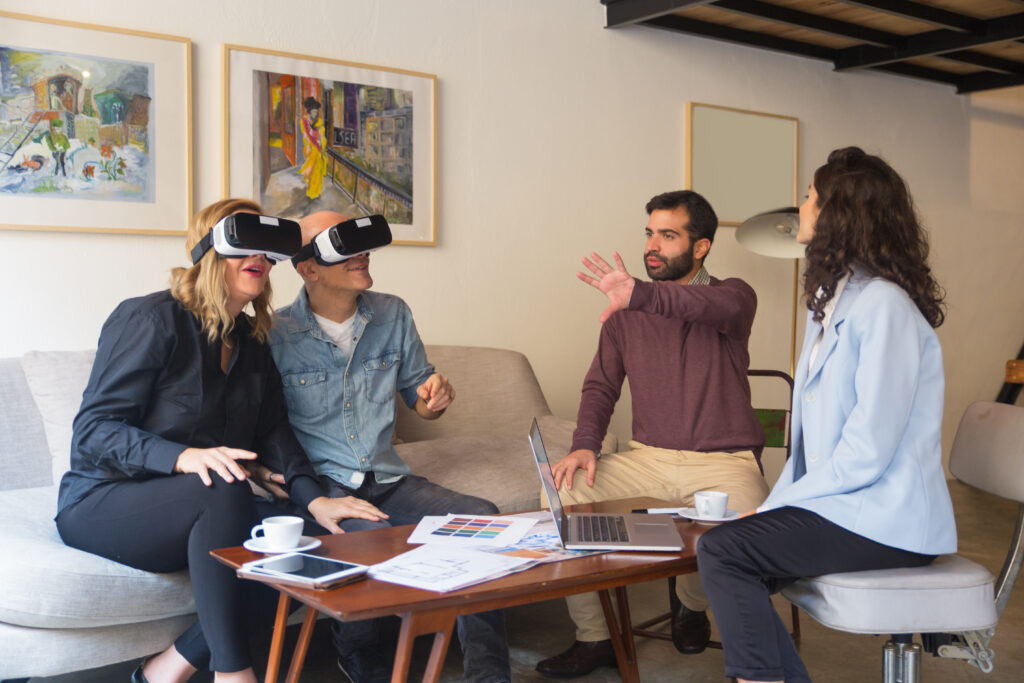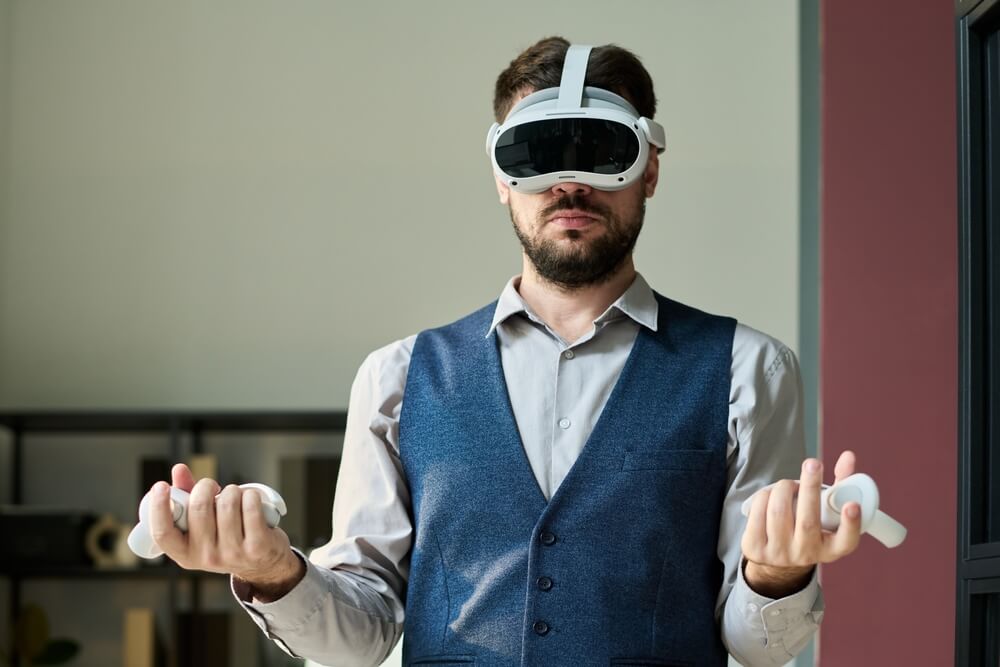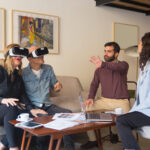Virtual Reality Simulation for EMS Training
Table of Contents:
The use of virtual reality technology in training has gained popularity in many fields including medicine and the emergency services. For example, with virtual reality, surgeons can perform a variety of experimental operations, gaining skills and honing their craft outside of the operating room without endangering the health and lives of their patients. Medical students can also safely make initial diagnoses, and paramedics can experience highly realistic medical scenarios to practice essential protocols and develop critical decision-making skills in a risk-free environment. So, does virtual reality simulation for EMS training, in fact, support the healthcare industry? Read on to find out.
Innovative training methods in emergency medical services
The work of a paramedic is constantly associated with high risk. It requires situational judgement, quick and accurate decision-making, and appropriate life-saving actions to be taken under time pressure, often in adverse external conditions and with little or no tolerance for error. Therefore, simulation is playing an increasingly important role in the education and training of practitioners of emergency medicine. Typically, advanced simulators with audio-video systems and rescue equipment are required to train such experts. However, this can make it challenging to train a larger group of people and increases learning times. Fortunately, modern technologies, particularly virtual reality, have come to the rescue.
Virtual reality in EMS – how does it work?
VR (Virtual Reality) creates a realistic virtual world so that the objects seen in it appear to be physically present within the space. If we put on a pair of virtual reality goggles and a set of headphones, our two most critical cognitive senses are cut off from the stimuli of the outside world. We can be sure that no external stimulus will distract us. In this state, we experience the so-called immersion or complete immersion of the human senses in the virtual world.
This technology is increasingly used for training, such as in the medical industry, and it plays a unique role in EMS (Emergency Medical Services). The goggles mentioned above, along with special gloves and controllers, allow for a realistic recreation of the working conditions of a paramedic. In this way, training can be carried out in different situations and places and can replicate a number of medical scenarios. Therefore, those taking part in such activities can, without much trouble, practice dealing with various healthcare problems or carry out a complete diagnostic process, most importantly without harming the health of their patients – because everything, though it looks very realistic, takes place in a virtual world.
Why is Virtual Reality Simulation for EMS training gaining popularity?
It’s challenging to simulate situations with limited time and options during standard classes. Conversely, with VR, paramedics literally only need to make a few clicks to prepare to operate in a life-threatening emergency where it can be difficult to save dozens of victims at once.
Furthermore, VR technology in EMS can create highly realistic environments – virtual scenarios actually induce stress, as well as allowing users to interview, assess, diagnose and treat patients in real-time. For example, scenarios can be accompanied by the ambient sounds of a real accident: the whine of a defibrillator, the whir of a siren, or even a dispatcher’s voice. Naturally, this will make it difficult to concentrate, but this is exactly the point as they will likely have to work under such conditions, or worse, in real life. Therefore, the possibility of carrying out EMS training in conditions created with the help of virtual reality is incredibly important – it allows better preparation for the profession of a paramedic or doctor.
What are the benefits of using VR training in EMS?
Virtual reality in medicine offers an extensive range of applications. Some of the key benefits of using this technology to train paramedics include:
- increased control over the accuracy of activities performed;
- the ability to use real medical equipment under simulated conditions;
- practicing invasive procedures;
- continuous repetition of practical skills and their evaluation and analysis;
- allowing errors to be made and their consequences demonstrated under simulated conditions;
- avoiding danger to patients and learners;
- implementation of the same scenario for all paramedics;
- planning clinical education based on student needs and curriculum rather than patient availability;
- exposure to rare and complex clinical situations;
- concluding and summarizing immediately after the session during debriefing;
- the ability to create training scenarios that are very close to real-life situations, so that the paramedic can quickly transfer the training experience gained in theoretical conditions to a real-life situation in the future.
Virtual reality simulation for EMS training is the future and the best choice for those who want to gain even better experience and skills as a paramedic. So, it’s worth considering what new technologies can offer your business and your employees, including VR for EMS training, but for many other industries as well.
Read also about: VR in birth training.

Author: Rafał Siejca
Rafal has over twenty years of corporate experience, including roles at Millennium Bank, Comarch, and leading software teams at PZU, one of Europe’s largest insurance companies. As one of Poland’s few true VR experts with a decade of experience, he ensures timely, high-quality project delivery as CEO and CTO.










